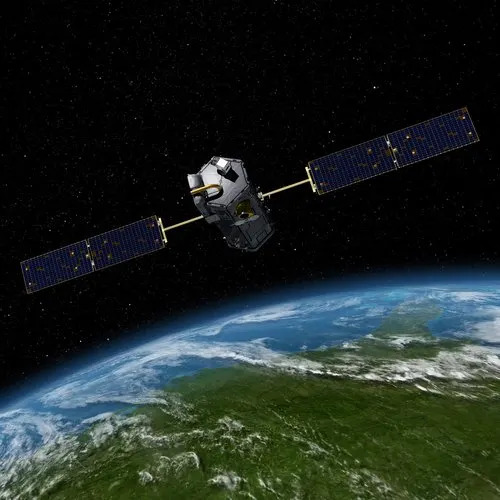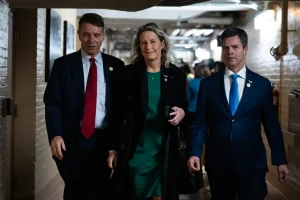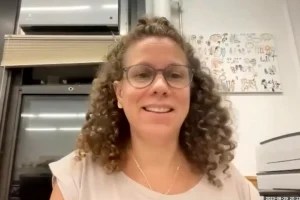Trump moves to shut down NASA missions that measure carbon dioxide and plant health

The Trump administration is moving to shut down two NASA missions that monitor a potent greenhouse gas and plant health, potentially shutting off an important source of data for scientists, policymakers and farmers.
President Trump‘s budget request for fiscal year 2026 includes no money for the Orbiting Carbon Observatories, which can precisely show where carbon dioxide is being emitted and absorbed and how well crops are growing.
NASA said in an emailed statement Wednesday that the missions were “beyond their prime mission” and being terminated “to align with the President’s agenda and budget priorities.”
But the missions — a free-flying satellite launched in 2014 and an instrument attached to the International Space Station in 2019 that include technology used in the Hubble Space Telescope — still are more sensitive and accurate than any other systems in the world, operating or planned, and a “national asset” that should be saved, said David Crisp, a retired NASA scientist who led their development.
They helped scientists discover, for example, that the Amazon rain forest emits more carbon dioxide than it absorbs, while boreal forests in Canada, Russia and places where permafrost is melting absorb more than they emit, Crisp said.
They also can detect the “glow” of photosynthesis in plants, which helps monitor drought and predict food shortages that can lead to civil unrest and famine, he said.
“This is really critical,” Crisp said. “We’re learning so much about this rapidly changing planet.”
The decision to end the missions is “extremely shortsighted,” said Jonathan Overpeck, a climate scientist at the University of Michigan.
“The observations provided by these satellites … (are) critical for managing growing climate change impacts around the planet, including in the U.S.,” he said.
Looking to Congress
Crisp and others hope Congress will vote to preserve funding for the missions, which are funded through the fiscal year that ends Sept. 30.
A bill in the House closely aligns with the president’s request and would eliminate the missions, while a Senate version preserves them. But with Congress in recess, it is unclear whether a budget will be adopted before the new fiscal year begins Oct. 1.
If it doesn’t, Congress could adopt a resolution to continue current funding until a budget is passed, though some lawmakers fear the Trump administration could try to delay or withhold that money.
Congressional Democrats warned acting NASA Administrator Sean Duffy last month that it would be illegal to terminate missions or impound funds already appropriated by Congress.
Experts said the administration’s move to eliminate funding aligns with other actions to cut or bury climate science.
“The principle seems to be that if we stop measuring climate change it will just disappear from the American consciousness,” said University of Pennsylvania climate scientist Michael Mann.
Backup plan
Crisp and others also are trying to put together a coalition of outside partners — including from Japan and Europe — that could fund and operate the instrument attached to the space station. NASA said it will accept outside proposals through Aug. 29.
The free-flying satellite, though, is at risk of being brought down, meaning it would burn up in the atmosphere. National Public Radio first reported that NASA employees were making plans to end the missions.
Crisp said advocates are hoping NASA also allows outside control of that satellite, which covers more of the globe, but there are legal hurdles to overcome because it would mean giving control of a U.S. satellite to a group that could include foreign partners.
“We’re going out to billionaires. We’re going out to foundations,” Crisp said. “But … it’s a really, really bad idea to try and push it off onto private industry or private individuals or private donors. It just doesn’t make sense.”
___
The Associated Press’ climate and environmental coverage receives financial support from multiple private foundations. AP is solely responsible for all content. Find AP’s standards for working with philanthropies, a list of supporters and funded coverage areas at AP.org.


